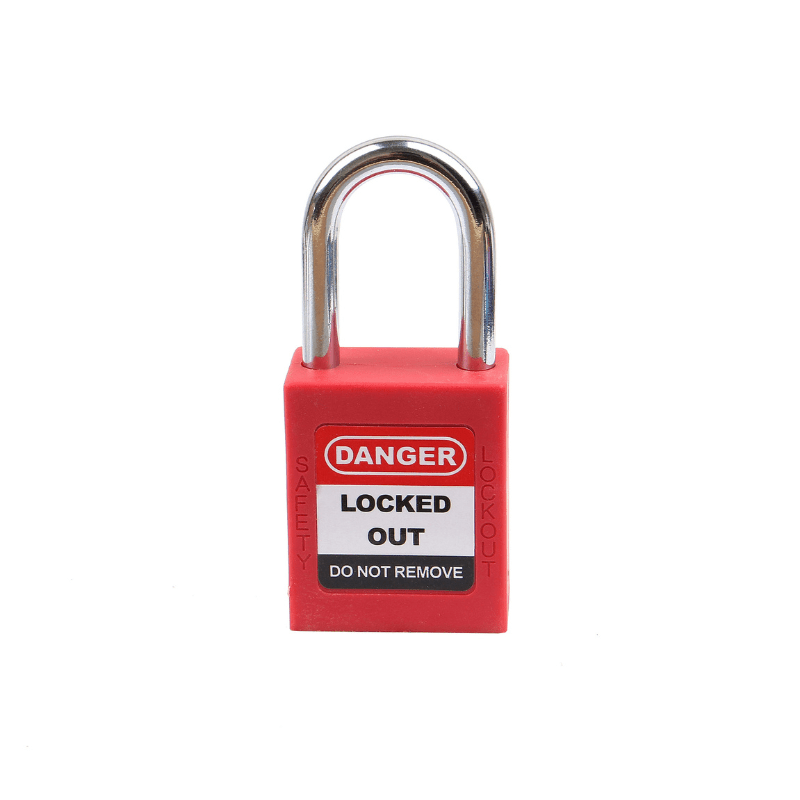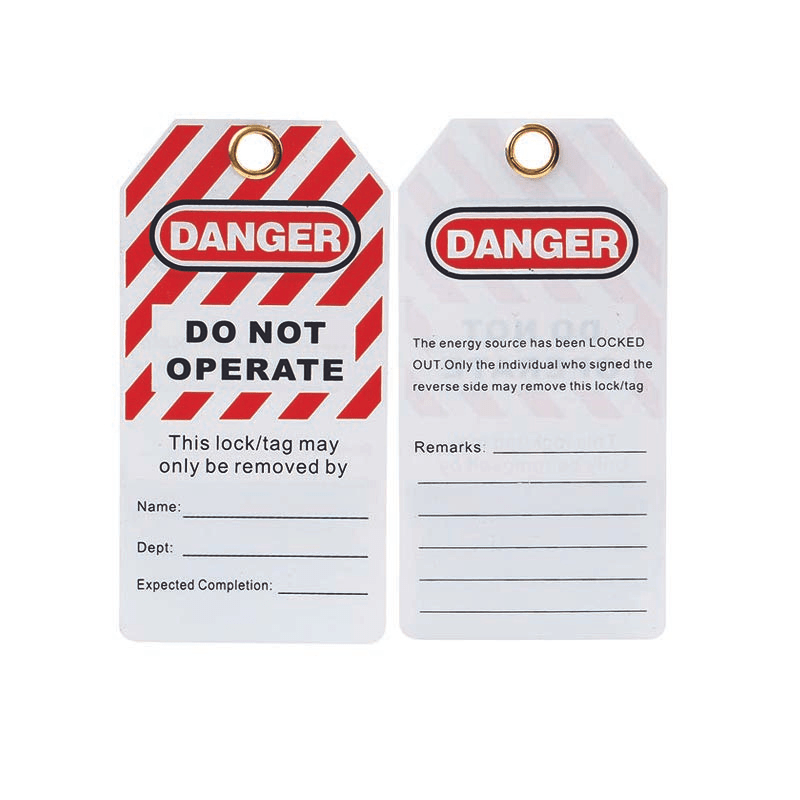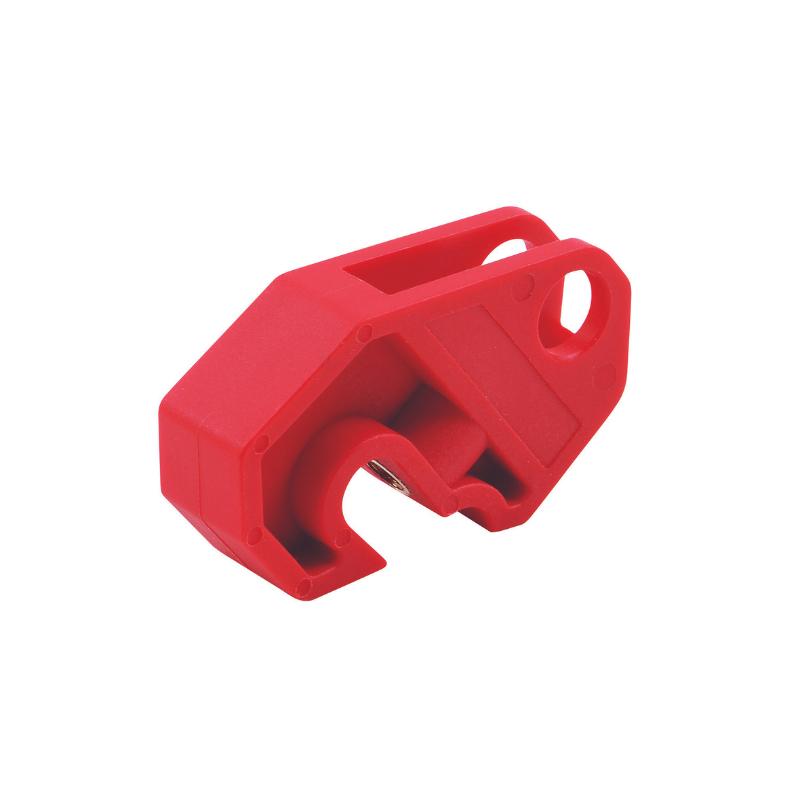Table of Contents
- The Problem with Siloed Systems: A Recipe for Disaster
- The Power of Integration: A Unified Approach to Safety
- Choosing the Right Integrated System: What to Look For
- Conclusion: A Safer, Smarter Future for Workplace Safety
In the world of industrial safety, every second counts. A single misstep, a moment of miscommunication, or a gap in procedure can have devastating consequences. Two of the most critical safety protocols in any industrial setting are Lockout Tagout (LOTO) and Permit to Work (PTW) systems. Historically, these two pillars of workplace safety have often operated in separate silos, leading to inefficiencies, communication breakdowns, and, most alarmingly, safety gaps. But what if there was a better way? What if these two essential systems could be seamlessly integrated, creating a single, powerful shield against workplace accidents?
This is not just a hypothetical question. The integration of LOTO and Digital Permit to Work systems is a reality, and it's revolutionizing workplace safety. This powerful combination is not just about convenience; it's about creating a more robust, transparent, and effective safety ecosystem. In this post, we'll explore the significant benefits of integrating LOTO and PTW systems and how this approach, powered by innovative software solutions like Zentri, can elevate your company's safety standards to new heights.
The Problem with Siloed Systems: A Recipe for Disaster
Before we delve into the benefits of integration, it's crucial to understand the inherent weaknesses of running separate LOTO and PTW systems. While both are designed to protect workers, their separation can inadvertently create risks.
- Inefficiencies and Redundancy: When LOTO and PTW systems are not connected, it often leads to a duplication of effort. Workers may need to fill out separate paperwork for each system, enter the same information multiple times, and navigate different software interfaces. This not only wastes valuable time but also increases the likelihood of human error. Imagine a scenario where a maintenance team is preparing for a complex repair. They first have to go through a lengthy paper-based Permit to Work process, getting multiple signatures and approvals. Then, they have to switch to a separate system, perhaps a physical logbook or a different software, to manage the Lockout Tagout procedures. This disjointed workflow is not just inefficient; it's frustrating for the workers and can lead to shortcuts that compromise safety.
- Communication Gaps and Misunderstandings: Effective communication is the lifeblood of workplace safety. When LOTO and PTW systems are siloed, it creates communication gaps that can have tragic consequences. For instance, a change in the scope of work documented in the PTW system might not be immediately reflected in the LOTO procedure. A shift change could lead to a new team being unaware of the specific lockout points for a particular permit. Without a centralized system, there's no single source of truth, leaving room for assumptions and misinterpretations.
- Lack of Real-Time Visibility: In a dynamic industrial environment, real-time information is critical. Separate systems make it difficult for supervisors and safety managers to get a clear, up-to-the-minute picture of all the work being performed under permits and the status of LOTO devices. This lack of visibility can hinder their ability to identify potential conflicts between different jobs, monitor compliance, and respond quickly to emergencies.
- Compliance Challenges: Regulatory bodies like the Occupational Safety and Health Administration (OSHA) have strict requirements for both LOTO and PTW procedures. Maintaining accurate records and demonstrating compliance can be a nightmare when dealing with separate, often paper-based, systems. Generating reports, tracking training records, and preparing for audits becomes a time-consuming and error-prone process.
These challenges are not just theoretical. They are the daily reality for many companies that are still grappling with outdated, disconnected safety systems. The good news is that there is a solution that addresses all these issues and more: the integration of Lockout Tagout and Digital Permit to Work systems.
The Power of Integration: A Unified Approach to Safety
By bringing LOTO and PTW systems together into a single, cohesive platform, companies can unlock a new level of safety and efficiency. Here are some of the key benefits of an integrated approach:
1. Streamlined Workflows and Increased Efficiency
An integrated system streamlines the entire process of authorizing and performing hazardous work. When a new work permit is created, the system can automatically trigger the corresponding LOTO procedure. The required lockout points, the necessary equipment, and the authorized personnel can all be linked directly to the permit. This eliminates the need for manual cross-referencing and ensures that the LOTO procedure is always aligned with the scope of work defined in the permit.
Digital platforms like Zentri.cc take this a step further by offering features like:
- Digital Forms and Checklists: Replace cumbersome paperwork with easy-to-use digital forms and checklists that can be accessed from any device, including tablets and smartphones.
- Automated Workflows: Create customized workflows that guide workers through the entire process, from permit request to LOTO application and removal, ensuring that all necessary steps are completed in the correct order.
- Centralized Dashboard: A centralized dashboard provides a real-time overview of all active permits and LOTO procedures, allowing supervisors to monitor progress, identify potential bottlenecks, and make informed decisions.
By streamlining these critical workflows, an integrated system not only saves time and reduces administrative overhead but also frees up your team to focus on what matters most: performing their work safely and efficiently.
2. Enhanced Communication and Collaboration
An integrated LOTO and PTW system acts as a central communication hub, ensuring that everyone involved in a hazardous task is on the same page. From the permit issuer to the maintenance team and the safety manager, everyone has access to the same real-time information.
Key features that enhance communication and collaboration include:
- Real-Time Notifications: Automated notifications can be sent to relevant personnel at every stage of the process, from permit approval to the application and removal of locks and tags. This ensures that everyone is aware of the current status of the work and any changes that may occur.
- Digital Signatures: Digital signatures provide a secure and auditable way to track approvals and handovers. This eliminates the need for paper-based signatures and ensures that all authorizations are properly documented.
- Photo and Video Attachments: Workers can attach photos and videos to permits and LOTO procedures to provide additional context and clarity. This can be particularly useful for identifying specific lockout points or documenting the condition of equipment before and after maintenance.
By fostering a culture of clear and consistent communication, an integrated system helps to eliminate misunderstandings and prevent accidents caused by a lack of information.
3. Improved OSHA Compliance and Auditing
Compliance with OSHA regulations is a top priority for any company. An integrated LOTO and PTW system can significantly simplify compliance by providing a comprehensive and easily accessible audit trail. Every action, from the creation of a permit to the application of a lock, is time-stamped and recorded in a central database.
This makes it easy to:
- Generate Compliance Reports: Generate detailed reports for audits with just a few clicks. These reports can provide a complete history of all LOTO and PTW activities, including who performed the work, when it was performed, and what safety precautions were taken.
- Track Training and Certifications: The system can be used to track employee training and certifications, ensuring that only authorized and qualified personnel are assigned to hazardous tasks.
- Identify and Address Compliance Gaps: By analyzing the data collected by the system, you can identify areas where your safety procedures may not be fully compliant with regulations and take corrective action.
With a robust integrated system in place, you can be confident that you are not only meeting but exceeding your compliance obligations.
4. Data-Driven Safety Insights
One of the most powerful benefits of a digital, integrated system is the ability to collect and analyze data. This data can provide valuable insights into your safety performance and help you to identify trends and patterns that may not be apparent from paper-based records.
For example, you can use the data to:
- Identify High-Risk Areas: Analyze data on near-misses and incidents to identify areas of your facility or specific pieces of equipment that are associated with a higher risk of accidents.
- Evaluate the Effectiveness of Your Safety Procedures: Track key performance indicators (KPIs) such as the time it takes to issue a permit, the number of LOTO violations, and the frequency of incidents to evaluate the effectiveness of your safety procedures and identify areas for improvement.
- Proactively Manage Risk: By identifying potential hazards before they lead to an accident, you can take proactive steps to mitigate the risk and create a safer working environment for your employees.
This data-driven approach to safety allows you to move beyond simply reacting to incidents and instead proactively manage risk, creating a culture of continuous improvement.
Choosing the Right Integrated System: What to Look For
The benefits of an integrated LOTO and PTW system are clear. But with a growing number of software solutions on the market, how do you choose the right one for your company? Here are a few key features to look for:
- Ease of Use: The system should be intuitive and easy to use for everyone, from tech-savvy engineers to frontline workers who may not be as comfortable with technology. A user-friendly interface is essential for ensuring high adoption rates and maximizing the return on your investment.
- Mobile Compatibility: In today's mobile-first world, it's essential that your safety software can be accessed from any device, anywhere, anytime. A mobile-compatible system allows workers to complete permits, perform LOTO procedures, and access critical safety information directly from the field.
- Customization: Every company has unique safety procedures and workflows. The right software solution should be highly customizable, allowing you to configure the system to meet your specific needs.
- Integration Capabilities: In addition to integrating LOTO and PTW systems, consider a solution that can integrate with other business systems, such as your Enterprise Asset Management (EAM) or Computerized Maintenance Management System (CMMS). This can further streamline your workflows and provide a more holistic view of your operations.
- Reporting and Analytics: A powerful reporting and analytics engine is essential for gaining data-driven insights and demonstrating compliance. Look for a system that offers a wide range of pre-built reports and allows you to create your own custom reports.
At Zentri.cc, we understand the challenges that companies face in managing their safety procedures. That's why we've developed a comprehensive, integrated LOTO and Digital Permit to Work software solution that is designed to be powerful, flexible, and easy to use. Our platform provides all the features you need to streamline your workflows, enhance communication, improve compliance, and gain valuable insights into your safety performance.
Conclusion: A Safer, Smarter Future for Workplace Safety
The days of relying on separate, paper-based LOTO and PTW systems are numbered. The future of workplace safety lies in integration, and the benefits are too significant to ignore. By combining Lockout Tagout and Digital Permit to Work systems into a single, unified platform, you can create a safer, more efficient, and more compliant workplace.
Investing in an integrated safety system is not just about adopting new technology; it's about making a commitment to the health and well-being of your employees. It's about creating a culture of safety where everyone is empowered to work safely and confidently. If you're ready to take your workplace safety to the next level, it's time to explore the power of integration.
Ready to learn more about how Zentri.cc can help you to integrate your LOTO and PTW systems and create a safer workplace? Visit our website at www.zentri.cc to schedule a demo today.



